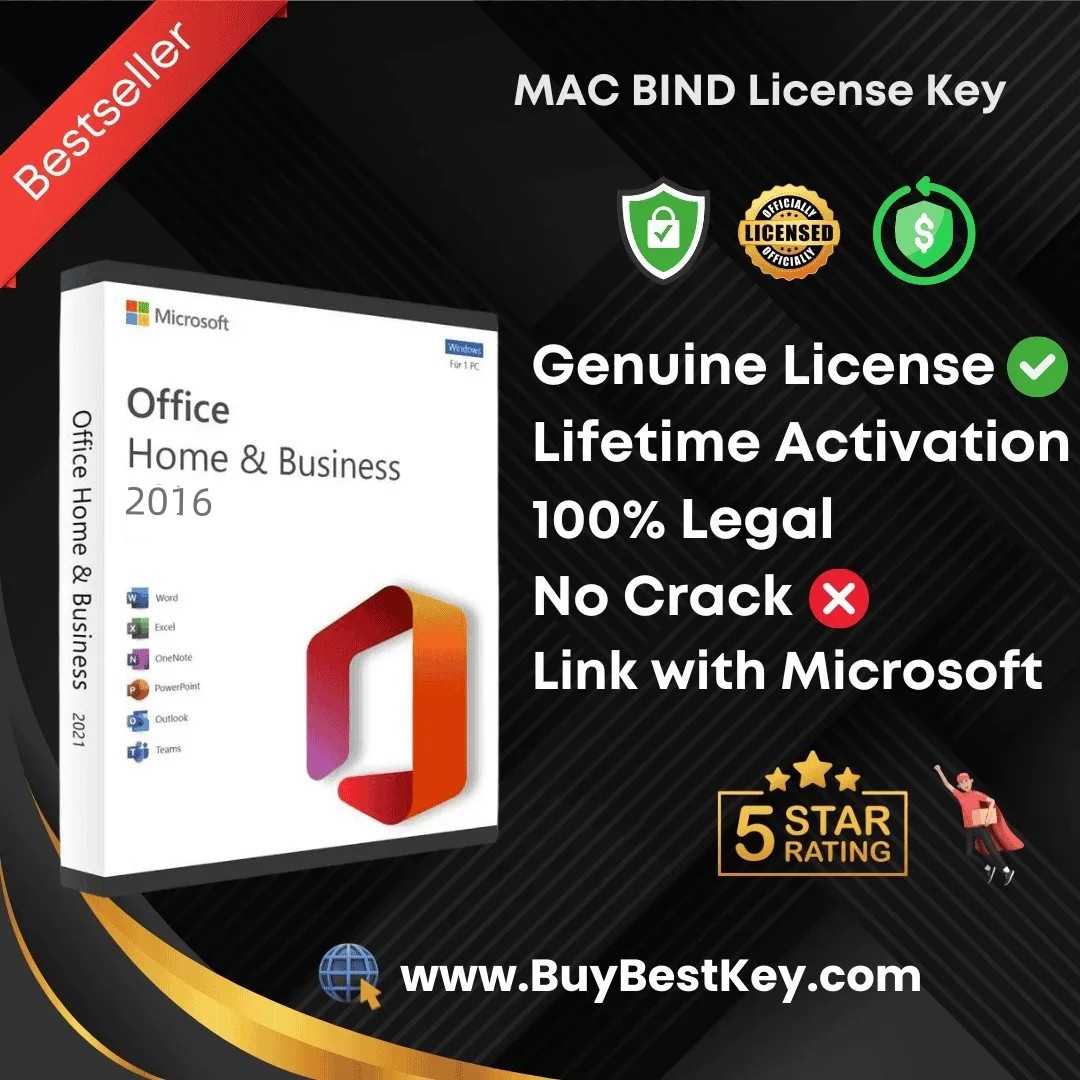Office Key Management Best Practices

,文章长度在2000字左右。
# Office Key Management Best Practices
## Introduction
Effective office key management is crucial for maintaining security, ensuring smooth operations, and preventing unauthorized access to sensitive areas. Whether you’re managing a small business or a large corporate office, implementing proper key control procedures can save you from potential security breaches and operational headaches.
## Understanding Office Key Management
Office key management refers to the systematic approach to controlling, distributing, tracking, and securing physical keys within a workplace environment. This includes keys to:
– Main office entrances
– Individual offices
– Storage rooms
– Server rooms
– Restrooms
– Other restricted areas
## Why Key Management Matters
Proper key management offers several important benefits:
– Enhanced security against unauthorized access
– Better accountability for who accesses which areas
– Reduced risk of lost or duplicated keys
– Compliance with security regulations and standards
– Peace of mind for employees and management
## Best Practices for Office Key Management
### 1. Implement a Centralized Key Control System
Establish a single point of control for all office keys. This typically involves:
– A secure key cabinet with individual hooks or slots
– Digital or manual logging system
– Designated key custodian or management team
### 2. Maintain a Master Key System
Consider implementing a hierarchical key system:
– Grand master key (access to all locks)
– Master keys (access to specific areas)
– Sub-master keys (limited access)
– Change keys (individual locks)
This reduces the number of keys needed while maintaining security levels.
### 3. Use Key Tracking Software
Modern solutions offer significant advantages:
– Digital logs of key check-in/check-out
– Automated reminders for overdue keys
– Reporting capabilities
– Integration with employee databases
### 4. Establish Clear Key Issuance Policies
Develop written procedures covering:
– Who is authorized to request keys
– Approval process for key distribution
– Maximum loan periods
– Consequences for policy violations
### 5. Conduct Regular Audits
Schedule periodic key audits to:
– Verify all keys are accounted for
– Confirm access permissions are current
– Identify any security vulnerabilities
– Update records as needed
### 6. Implement Key Return Procedures
Create a standardized process for:
– Employee departures (voluntary or involuntary)
– Department transfers
– Temporary access expiration
– Lost or stolen keys
Keyword: office key
### 7. Secure Key Storage
Invest in proper storage solutions:
– High-security key cabinets
– Access-controlled key rooms
– Alarm systems for unauthorized access attempts
– Backup storage for emergency situations
### 8. Label Keys Properly
Use a consistent labeling system that:
– Doesn’t reveal lock locations to unauthorized persons
– Allows quick identification by authorized staff
– Includes unique identifiers for tracking
### 9. Control Key Duplication
Implement strict policies regarding:
– Who can authorize duplicates
– Approved duplication vendors
– Documentation requirements
– Marking of duplicate keys
### 10. Plan for Emergencies
Develop contingency plans for:
– Lost master keys
– Security breaches
– After-hours access needs
– Natural disasters
## Advanced Key Management Solutions
For organizations requiring higher security:
### Electronic Key Management Systems
These systems offer:
– Biometric authentication for access
– Real-time monitoring
– Integration with other security systems
– Detailed audit trails
### Smart Locks and Keyless Entry
Modern alternatives to traditional keys:
– Keycard systems
– Mobile access via smartphones
– PIN code entry
– Bluetooth/Wi-Fi enabled locks
## Training and Awareness
Educate staff on:
– Key security importance
– Proper handling procedures
– Reporting lost or stolen keys
– Recognizing security threats
## Documentation and Record Keeping
Maintain comprehensive records including:
– Key issuance logs
– Access permission matrices
– Audit reports
– Incident documentation
## Common Key Management Mistakes to Avoid
– Failing to update records when employees leave